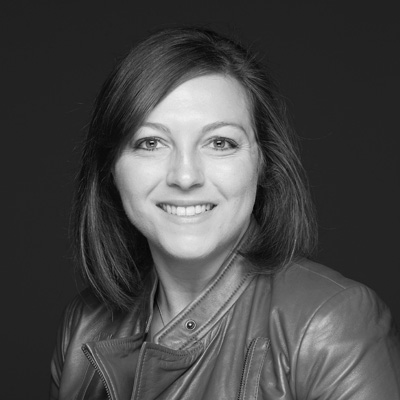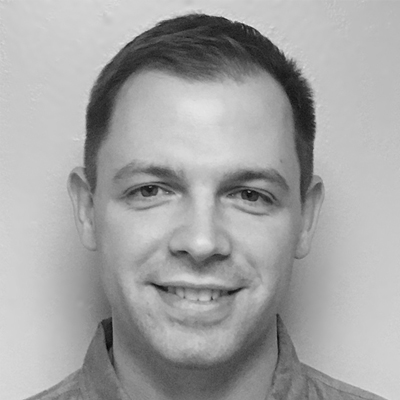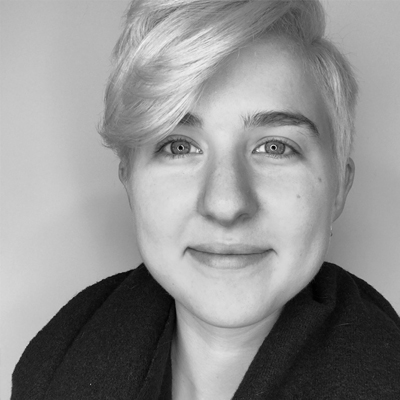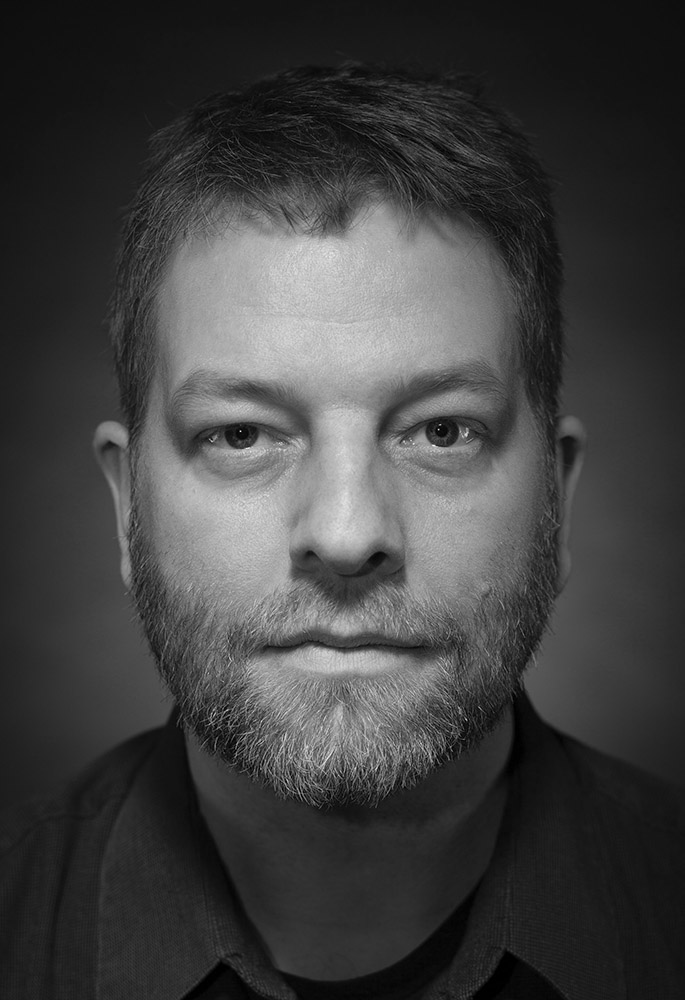
The three most important dates on the DT Heritage calendar every year are our East Coast, Mid-west, and West Coast Round Tables. While we stay in touch with our clients year round, these events provide us the chance to spend an entire day listening to the work they are doing and the challenges they face.
We’re excited to announce our East Coast Round Table at the Morgan Library and Museum is October 17th. We invite you to join us in New York for a day long event celebrating the cultural heritage industry and digitization.
In addition to having some of the top minds in the Cultural Heritage community share their stories and expertise, you’ll also have the opportunity to see the latest cultural heritage technology in action including the Phase One IQ4 150mp digital back, the DT V-Cradle, the new DT Titan, learn about our DT Digitization Certification Program, and more.
This Year’s Speakers & Topics:

Film Digitization and ICC Profiles: Imaging Kodachrome and Ektachrome at National Geographic
Julie McVey, National Geographic Society
The National Geographic Society holds some nine million 35mm color slides, the vast majority of which are Kodachrome and Ektachrome film. In our endeavors to continually improve our color management and overall imaging quality, we acquired color targets for both types of film, and with help from DT, created a set of custom ICC profiles. Along with a brief history of National Geographic’s use of color film, I will discuss our decision to pursue custom profiling, the initial testing and results of both the Kodachrome and Ektachrome profiles, and evaluation of efficacy in our slide digitization workflow. I will also address the pros and cons of creating custom ICC profiles for color film digitization.


Bibliotheca Philadelphiensis: Digitization Medieval Manuscripts from Fifteen Philadelphia-area Institutions
Michael Overgard, University of Pennsylvania Libraries
Anna Levine, University of Pennsylvania Libraries
Collation can tell a researcher much about a manuscript, such as the period in which it originated and its history of use. By providing collation formulas along with manuscript images, researchers may explore the materiality of a manuscript in ways that are no longer possible with the physical copy. We will discuss the Bibliotheca Philadelphiensis project, an effort involving the digitization of medieval manuscripts from fifteen Philadelphia-area institutions. We will examine the presentation of image and collation data for this project, which will highlight possibilities for digital facsimiles of manuscripts in general.


The Fine Art of Documentation: Rethinking Object Photography of Cultural Heritage
Tahnee Cracchiola, J. Paul Getty Museum
Kevin Candland, Asian Art Museum
“The greatest art in the world is the art of storytelling.” – Cecil B. DeMille
Every object has a story. It is our role as the museum photographer to tell that story visually using light and shadow as our medium. We present a case study on bringing the elements of fine art lighting into the cultural heritage studio and the collaborative interaction between photographer and curator. The fusion of the expertise and vision of both departments is the catalyst that can open the storytelling dialogue by creating dynamic images that are used across departments throughout the museum from the scholar to the gift shop. To this goal, we open the discussion of the benefits of inviting your curator on set before photography begins as the foundation of photographing three-dimensional objects in the cultural heritage arena. These diverse objects, from bronze to chalcedony, from silver to terracotta demand attention beyond balanced light and shooting targets. This investigation into the collegial exercise of museum photographers and curators combining expertise may be the key to unlock how we light and frame an object in the studio and on display.

Photogrammetry for “Flat” Art Objects
Charles Walbridge, Minneapolis Institute of Art
Cultural heritage connoisseurs know that flat art – paintings, engravings, and drawings – are anything but flat.
At the Minneapolis Institute of Art, we’ve been producing 3D scans that provide new ways to examine subtle characteristics of ‘flat’ objects. Using photogrammetry, we can now capture more detailed information about texture, depth and minute surface variations of a painting, and we’re learning how to share the scans with scholars and with visitors.


Camera Profiles for Digitizing Reflective Materials
Spencer Zidarich, Digital Transitions
Dave Wyble, Avian Rochester
Spencer Zidarich of Digital Transitions will be co-presenting with Dave Wyble of Avian Rochester, the creator of the Next Generation Target, on topics related to color calibration in 2019. Topics will include the creation and features of the Next Generation Target, and how to use some of the new tools available in basICColor input 6 Pro to create better camera profiles for digitizing reflective materials.

Darkroom Inspired Workflows for Digital Color Negative Film Reproduction
Arnab Chatterjee, Digital Transitions
Instant capture systems like the DT Atom are widely recognized as the gold standard for film digitization in the Cultural Heritage world. Part of what makes these systems such a powerful tools is their single-minded focus on perfect color and tonal reproduction of objects, which is critical for reflective work, monochromatic transmissive, and color positive film imaging. However, rigorous scientific imaging of color negative films is uninformative from an image content reproduction standpoint, where reproducing the intended positive image content is as or more important than reproducing the negative perfectly. With the decline of film usage, little research and development has gone into solving the color negative conversion problem on new instant capture systems, but over a year of R&D at Digital Transitions has yielded a robust “best practices” workflow inspired by modern digital equivalents to analog darkroom techniques that we are excited to share with the community.
